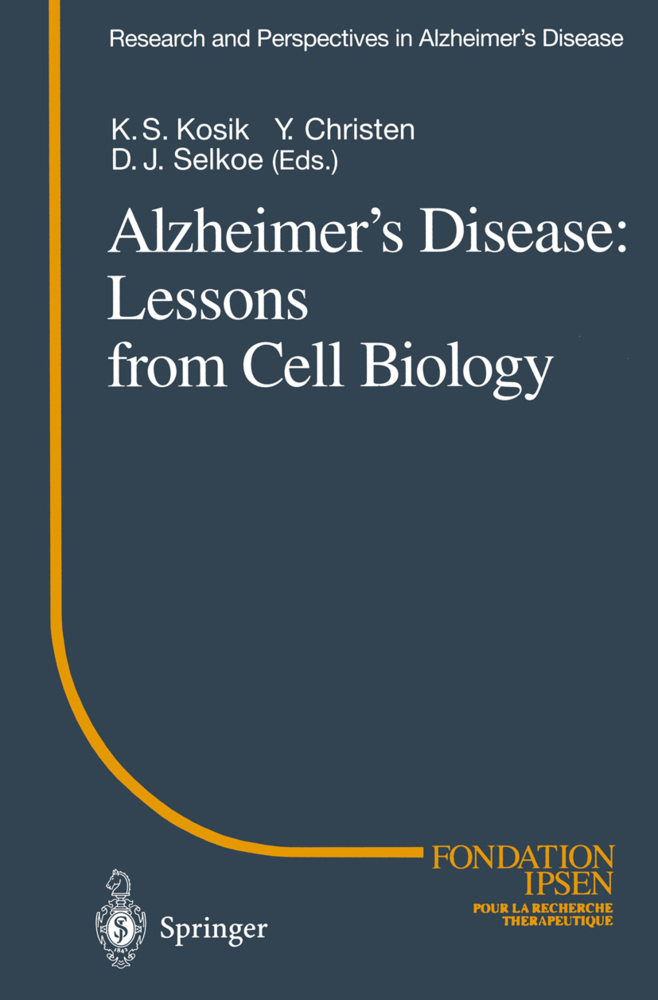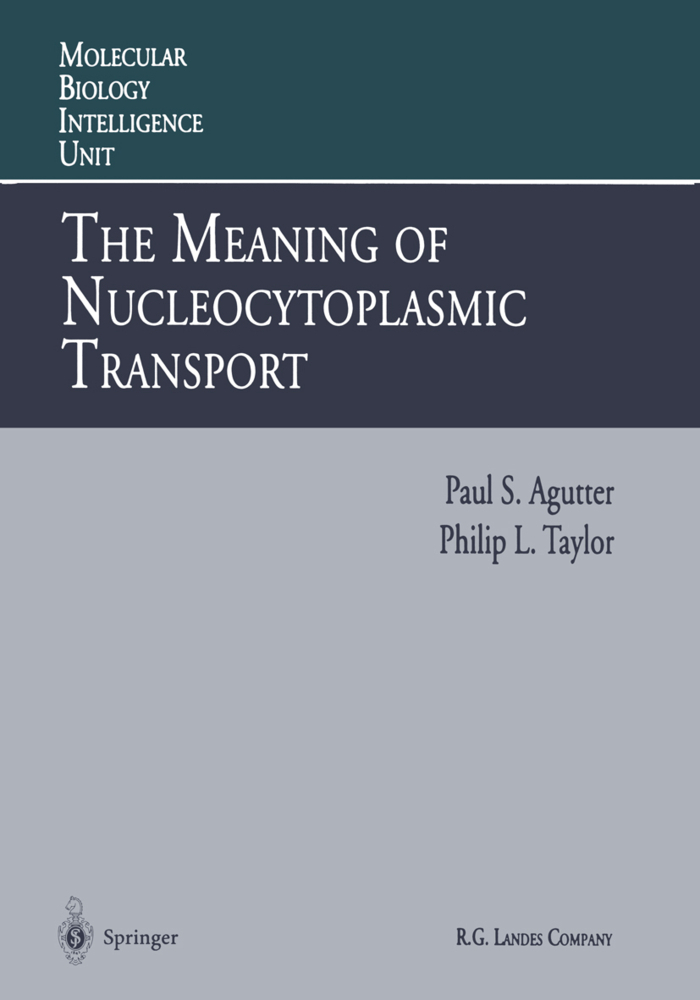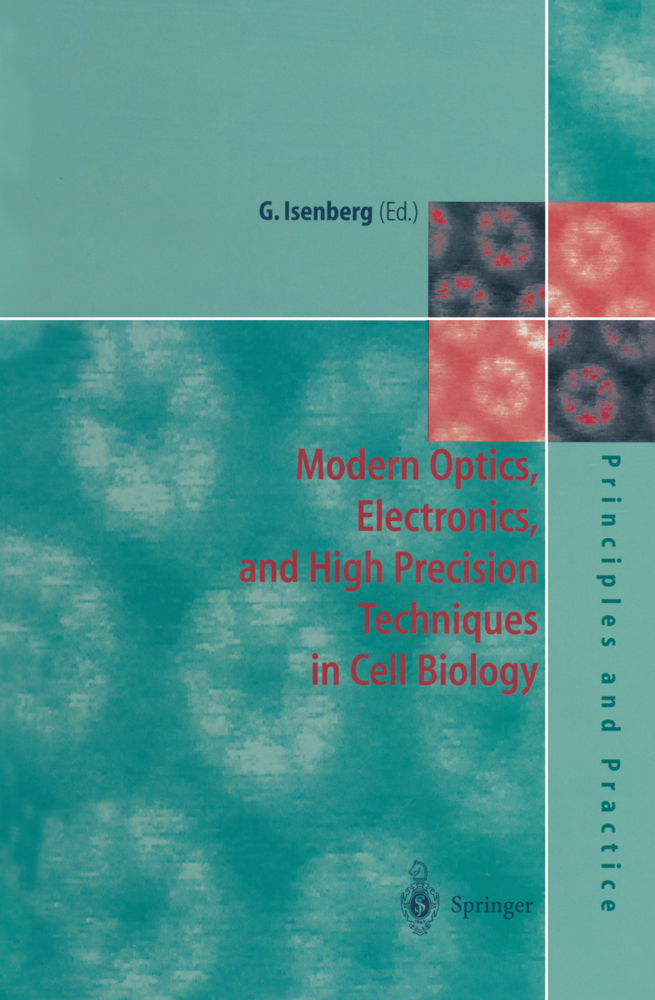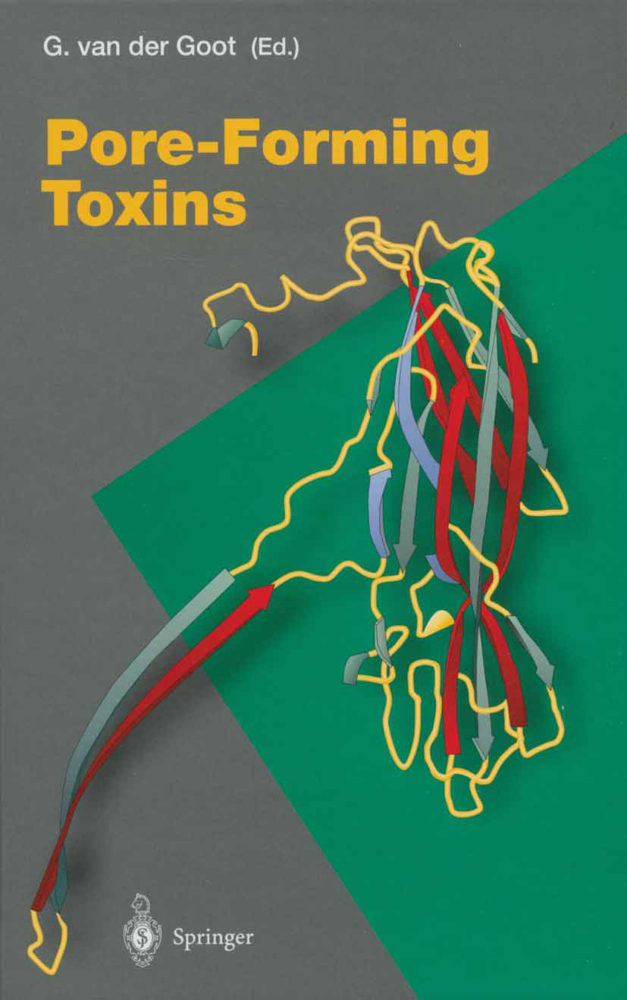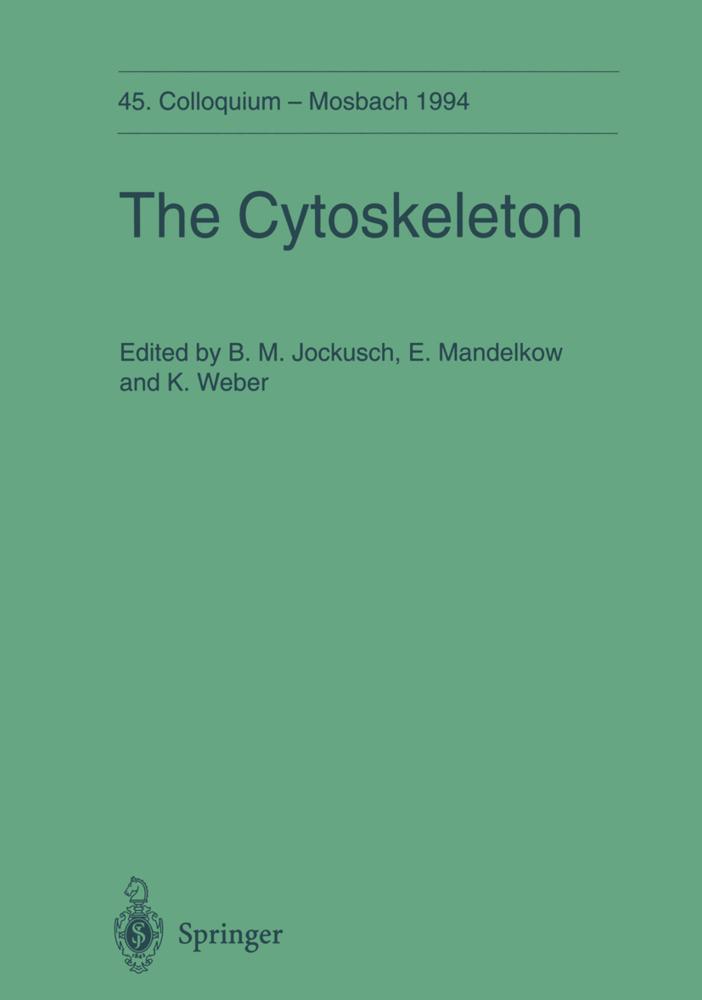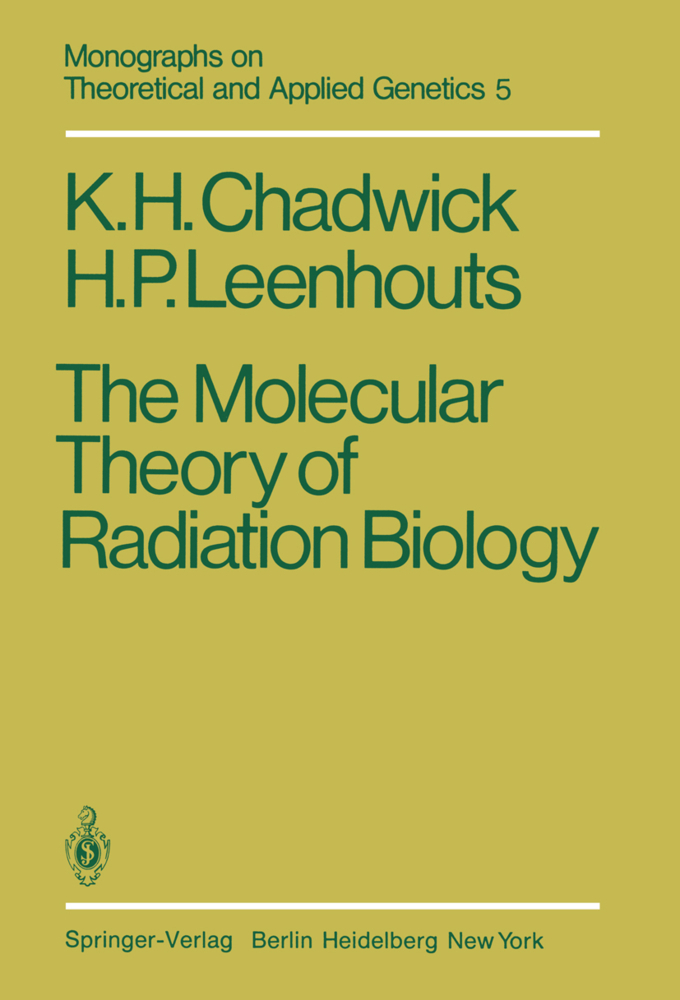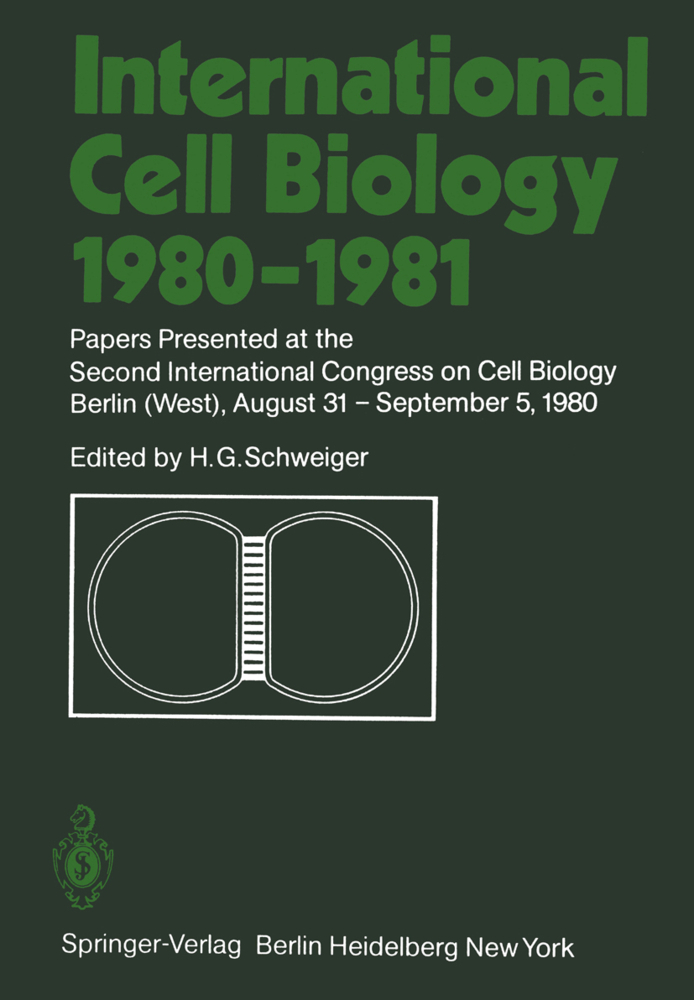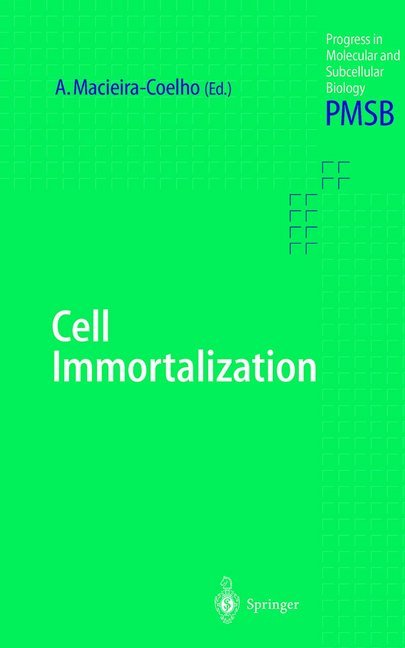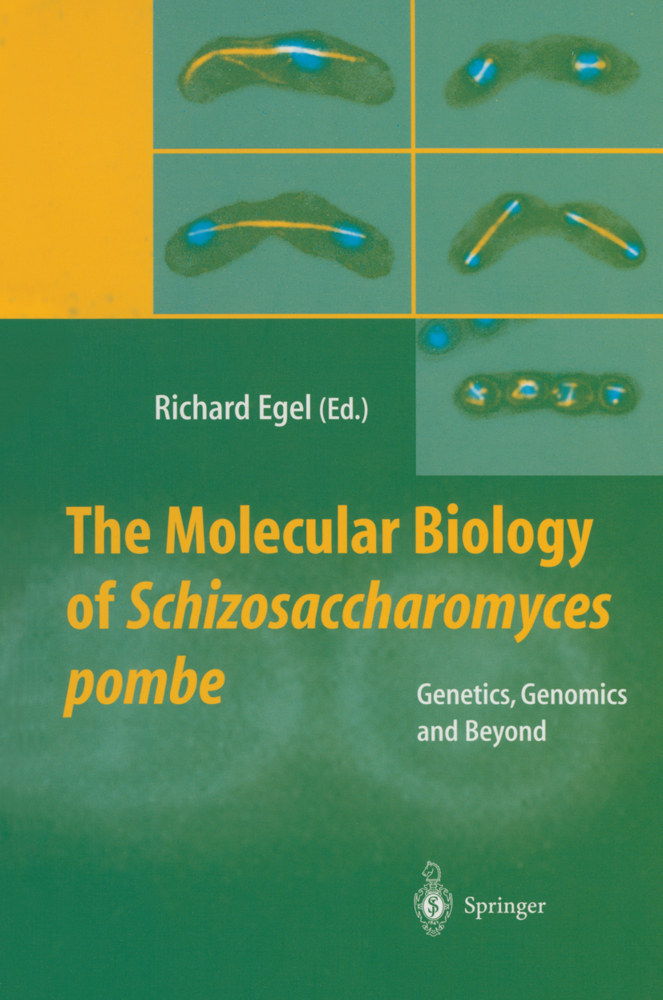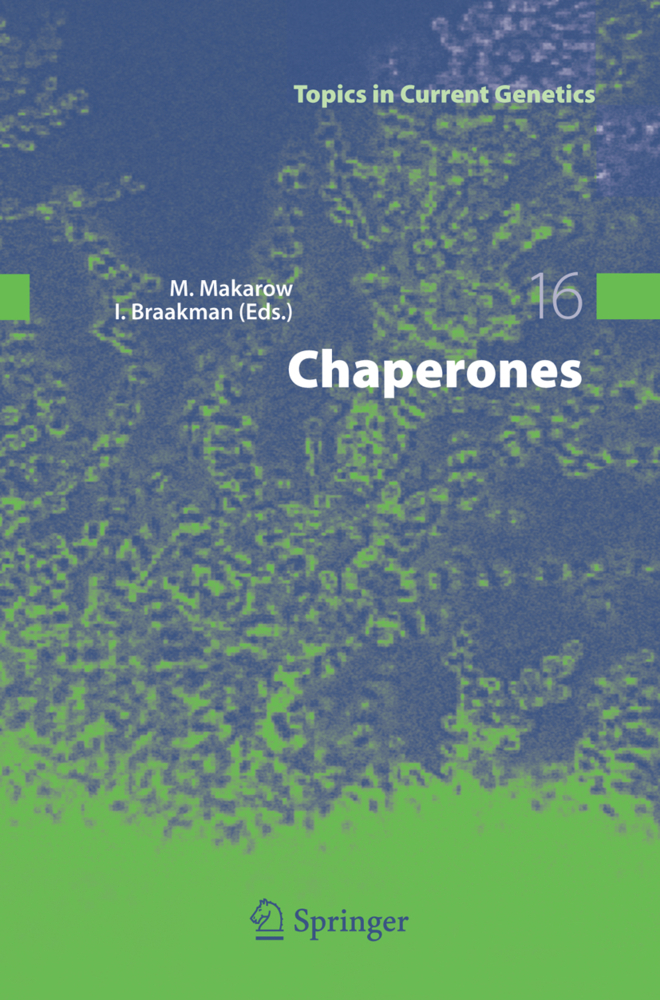Alzheimer's Disease: Lessons from Cell Biology
Alzheimer's Disease: Lessons from Cell Biology
Like the unflinching gaze of Captain Ahab walking the deck of the Pequod, Alzheimer researchers have had their sights fixed firmly on the disease for many years. Now, as this volume amply demonstrates, accomplished researchers from other fields, who have thought deeply about cell biological problems are applying their insights to Alzheimer's disease. The contri butions here represent the text versions of the proceedings from the tenth "Colloque medecine et recherche" of the Fondation IPSEN devoted to research on Alzheimer's disease. The symposium, entitled "Alzheimer's Disease: Lessons from Cell Biology" was held in Paris on April 25, 1994. As is apparent from the varied backgrounds of the contributors, the scientific pursuit of Alzheimer's disease has begun to meld with more basic disciplines, particularly cell biology. While on the one hand, new areas of specialization are continuously emerging, the boundaries of older disciplines are increas ingly blurred. Perhaps for most of the years since the first descriptions of the disease in 1907, the science of Alzheimer's disease was descriptive, and lay in the province of pathologists. This time period, during which a great deal was learned about the topography of senile plaques and neurofibrillary tangles, culminated with an ultrastructural description of these hallmark structures. The modern era of Alzheimer's disease research opened with the iden tification of the component proteins in plaques and tangles.
Regulation of Receptor Trafficking by ras-Like GTPases
Alzheimer's Disease and Hemorrhagic Stroke: Their Relationship to ?A4 Amyloid Deposition
Combining In Vitro Cell Biology and In Vivo Mouse Modelling to Study the Mechanisms Underlying Alzheimer's Disease
Implication of the Amyloid Precursor Protein in Neurite Outgrowth
Physiological Production and Polarized Secretion of the Amyloid ?-Peptide in Epithelial Cells: A Route to the Mechanism of Alzheimer's Disease
Regulation and Structure of the MAP Kinases ERK1 and ERK2
Calcineurin as a Pivotal Ca2+-Sensitive Switching Element in Biological Responses: Implications for the Regulation of Tau Phosphorylation in Alzheimer's Disease
Phosphorylation of Tau and Its Relationship with Alzheimer Paired Helical Filaments
Posttranslational Modifications of the Tau in PHF: Phosphorylation and Ubiquitination
Tau Variants in Aging and Neurodegenerative Disorders
A Phosphorylated Tau Species Is Transiently Present in Developing Cortical Neurons and Is Not Associated with Stable Microtubules
Modifications of Phosphorylated Tau Immunoreactivity Linked to Excitotoxicity in Neuronal Cultures
Neurofilaments and Motor Neuron Disease
Lurcher, Cell Death and the Cell Cycle
Neuronal Death, Proinflammatory Cytokines and Amyloid Precursor Protein: Studies on Staggerer Mutant Mice
Amyloid ?-Peptide Induces Necrotic Cell Death in PC12 Cells
Linking Amyloid Precursor Protein Processing and Tau-Related Pathology in Alzheimer's Disease.
Endocytotic Pathways in Neurons
Mechanisms of Molecular Sorting in Polarized Cells: Relevance to Alzheimer's DiseaseRegulation of Receptor Trafficking by ras-Like GTPases
Alzheimer's Disease and Hemorrhagic Stroke: Their Relationship to ?A4 Amyloid Deposition
Combining In Vitro Cell Biology and In Vivo Mouse Modelling to Study the Mechanisms Underlying Alzheimer's Disease
Implication of the Amyloid Precursor Protein in Neurite Outgrowth
Physiological Production and Polarized Secretion of the Amyloid ?-Peptide in Epithelial Cells: A Route to the Mechanism of Alzheimer's Disease
Regulation and Structure of the MAP Kinases ERK1 and ERK2
Calcineurin as a Pivotal Ca2+-Sensitive Switching Element in Biological Responses: Implications for the Regulation of Tau Phosphorylation in Alzheimer's Disease
Phosphorylation of Tau and Its Relationship with Alzheimer Paired Helical Filaments
Posttranslational Modifications of the Tau in PHF: Phosphorylation and Ubiquitination
Tau Variants in Aging and Neurodegenerative Disorders
A Phosphorylated Tau Species Is Transiently Present in Developing Cortical Neurons and Is Not Associated with Stable Microtubules
Modifications of Phosphorylated Tau Immunoreactivity Linked to Excitotoxicity in Neuronal Cultures
Neurofilaments and Motor Neuron Disease
Lurcher, Cell Death and the Cell Cycle
Neuronal Death, Proinflammatory Cytokines and Amyloid Precursor Protein: Studies on Staggerer Mutant Mice
Amyloid ?-Peptide Induces Necrotic Cell Death in PC12 Cells
Linking Amyloid Precursor Protein Processing and Tau-Related Pathology in Alzheimer's Disease.
| ISBN | 978-3-642-79425-4 |
|---|---|
| Artikelnummer | 9783642794254 |
| Medientyp | Buch |
| Auflage | Softcover reprint of the original 1st ed. 1995 |
| Copyrightjahr | 2012 |
| Verlag | Springer, Berlin |
| Umfang | XIX, 243 Seiten |
| Abbildungen | XIX, 243 p. 39 illus., 1 illus. in color. |
| Sprache | Englisch |

